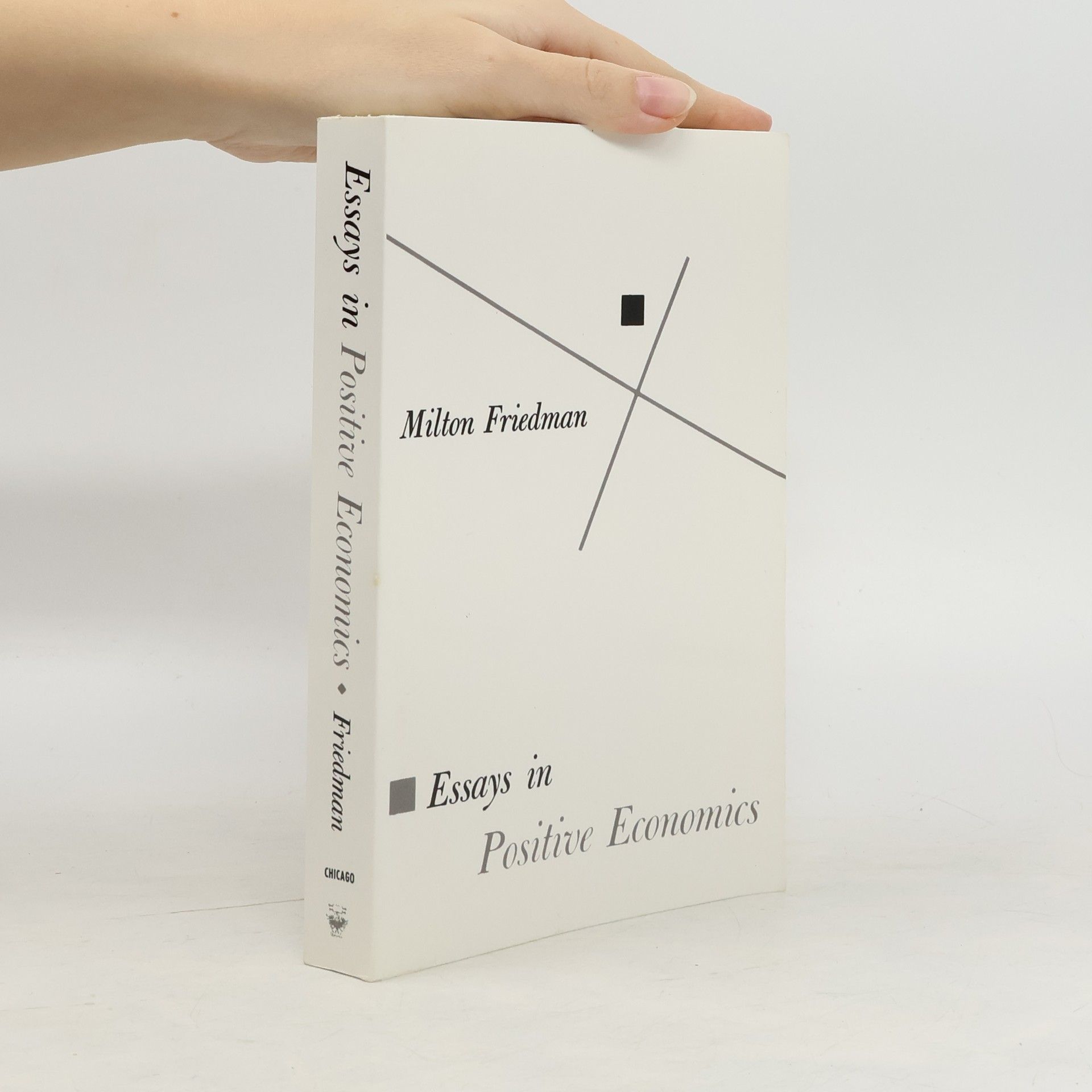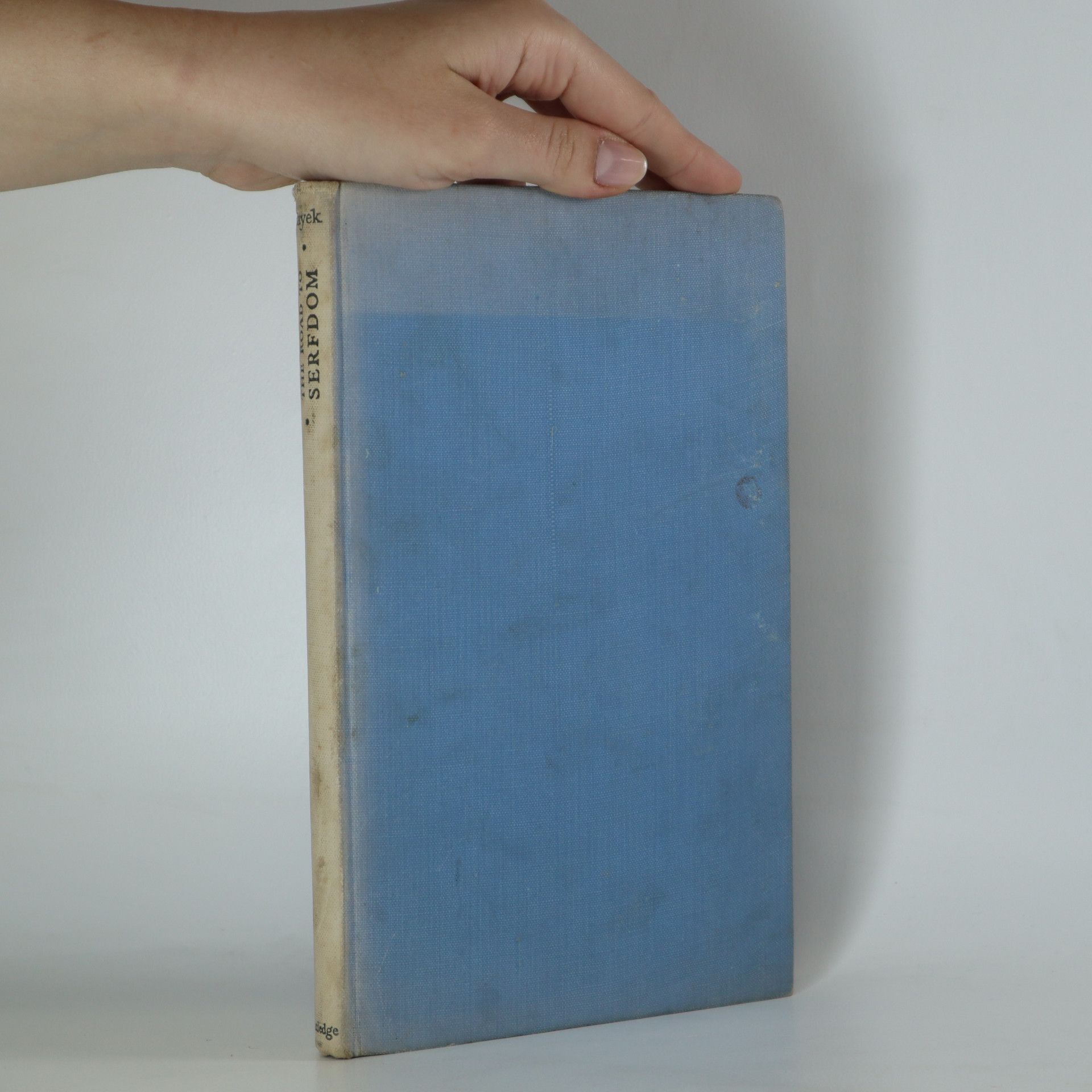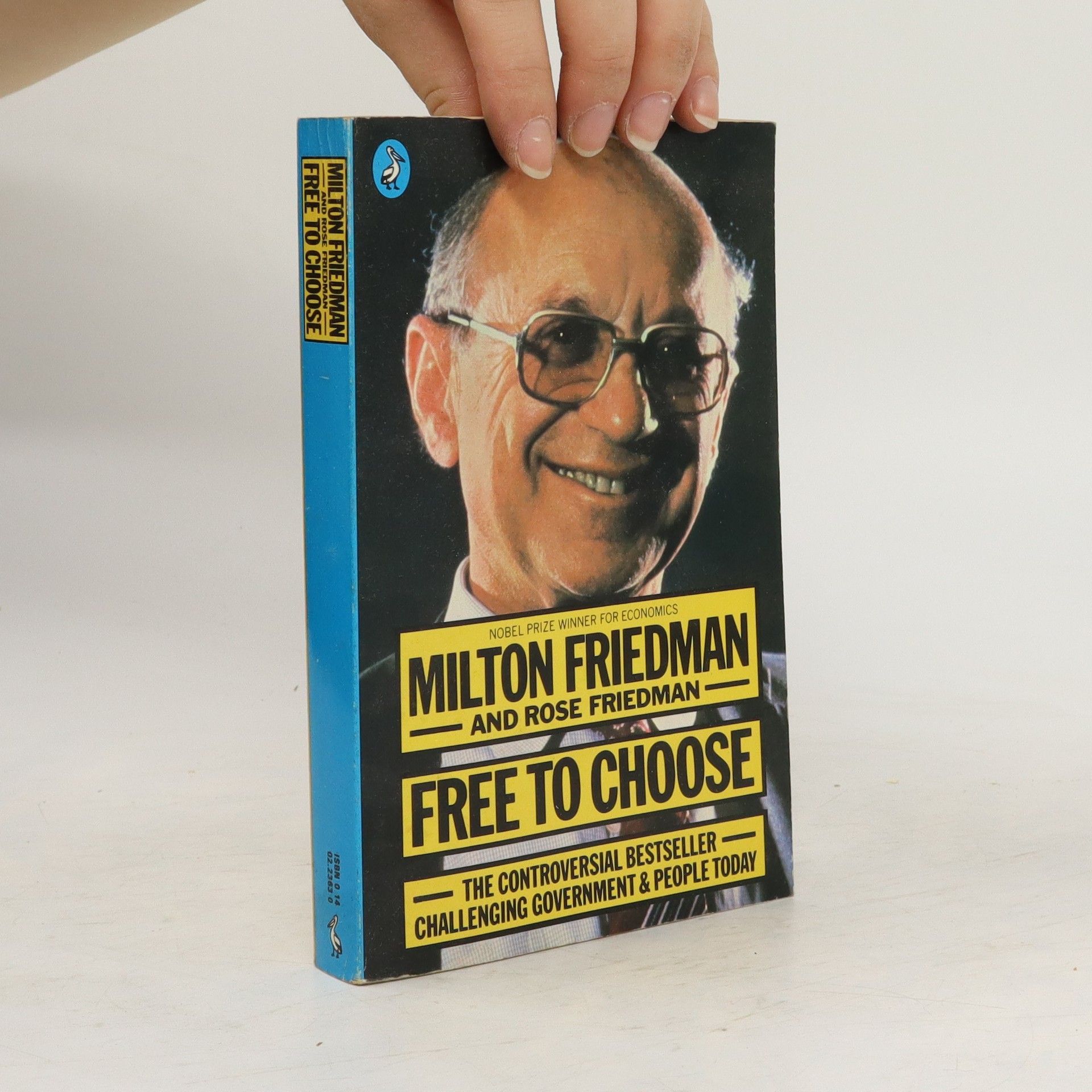Taxing to Prevent Inflation
Techniques for Estimating Revenue Requirements
- 248 pages
- 9 hours of reading







Techniques for Estimating Revenue Requirements
Recognized for its cultural significance, this work contributes to the foundational knowledge of civilization. Scholars have selected it for its importance, highlighting its relevance and impact on understanding historical and societal contexts.
The book presents a clear and logical examination of the money and credit structure, analyzing the role of government and the criteria for monetary authority powers. It offers reform proposals and serves as a significant theoretical statement from a prominent economist whose influence shaped the field for decades. The lucid writing style makes complex ideas accessible, making it a valuable resource for understanding economic principles and policy implications.
This selection from the authors' A Monetary History of the United States, 1867-1960 (Princeton) describes the changes that were made in the banking structure and in the monetary standard following the great contraction of 1929 to 1933, the establishment of monetary policies after the New Deal period, and the development of inflation during World War II. Originally published in 1980. The Princeton Legacy Library uses the latest print-on-demand technology to again make available previously out-of-print books from the distinguished backlist of Princeton University Press. These editions preserve the original texts of these important books while presenting them in durable paperback and hardcover editions. The goal of the Princeton Legacy Library is to vastly increase access to the rich scholarly heritage found in the thousands of books published by Princeton University Press since its founding in 1905.
Ein Milton-Friedman-Brevier
Der Ökonomie-Nobelpreisträger Milton Friedman (1912–2006) ist neben John Maynard Keynes der einflussreichste Ökonom des 20. Jahrhunderts. Er entwickelte die Quantitätstheorie des Geldes weiter; auf ihn geht der sogenannte Monetarismus zurück. Im Mittelpunkt seiner Veröffentlichungen standen die Themen des klassischen Liberalismus: schlanker Staat, individuelle Freiheit und Marktwirtschaft. Darüber hinaus gab er Anstösse zur praktischen Sozial- und Bildungspolitik. Seine Thesen beeinflussten Ronald Reagan, Margaret Thatcher und die Deutsche Bundesbank. Durch seine populären Bücher und TV-Auftritte – er konnte komplexe Sachverhalte allgemeinverständlich und nachvollziehbar darstellen – wurde er auch einem breiten Publikum bekannt. Mit der Finanz- und Eurokrise gewinnen Friedmans geldpolitische Positionen an Aktualität und helfen, die gegenwärtigen Debatten über Zentralbanken und Geldstabilität zu verstehen.
Milton Friedman was lauded as the grandmaster of free-market economic theory in the postwar era. This book collects many of Friedman's papers on topics in economics that were published in the Journal of Political Economy. It incorporates papers from 1948 to 1990. It is useful for those tracing the course of 20th century economics and politics.
This thought-provoking and influential book by a distinguished economist examines whether consumption behavior can be defined in a way that's supported by empirical evidence and useful for research and planning.
The book features a significant discussion on economic policies, highlighting a seminar led by Prof. Franco Modigliani at the Federal Reserve Bank of San Francisco in January 1977. It includes Modigliani's lecture on the monetarist controversy and stabilization policies, alongside a response from Nobel Laureate Milton Friedman. The content encapsulates their dialogue and a broader floor discussion, enriched by an appendix containing Modigliani's AEA Presidential Address. Dr. Michael W. Keran chaired this notable event, providing a scholarly context to the debates in economics.
There are at least three requirements for an economy to maintain stable prices. This book brings together two classic IEA papers, and explains how the Institutional arrangements for central banks should be developed to deliver stable prices and, importantly, to influence inflation expectations. schovat popis